Plantation Shutters (Types & Design Guide)
This guide covers the types of plantation shutters, including popular designs, materials, costs, maintenance, and how to measure your windows for new plantation shutters. You will also see a variety of window treatments, such as window shutters, shades, and wood blinds, showcasing the products‘ features and details.
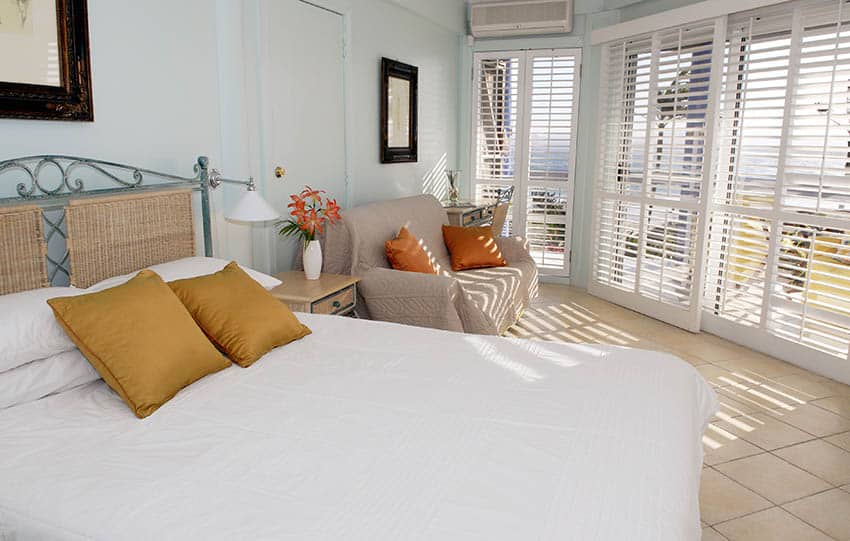
Plantation shutters have louvers that can be tilted up and down, similar to window blinds. However, these coverings are constructed to fit into the window frame and can open out like doors. Unlike the slats found on blinds that open with a pull-string, plantation shutters are opened and closed by hand.
What are Plantation Style Shutters?
Wood, faux wood, and interior shutters are all names for plantation shutters, and window blinds are window coverings that provide a traditional, impressive element for many interior design applications. These shutters come in two sections, left and right, with a frame to fit the window size and rows of slats, also called louvers, that open and close.
Plantation shutters look as beautiful from the outside as they do on the inside. Whether closed or open, these window coverings offer more than just their stately appearance. They have many benefits that help homeowners choose these durable window coverings for their windows.
Plantation shutters are iconic representations of the period in the southern United States before the Civil War began. The antebellum, pre-Civil War period architecture included homes with these types made of a wood frame and louvers.
Southern homeowners used this type of inside shutter on large windows to provide a monarchical design for grand plantations in the South. Since the days of southern culture, these window coverings have remained popular and made their way into window designs for homes worldwide.
Types of Plantation Shutters
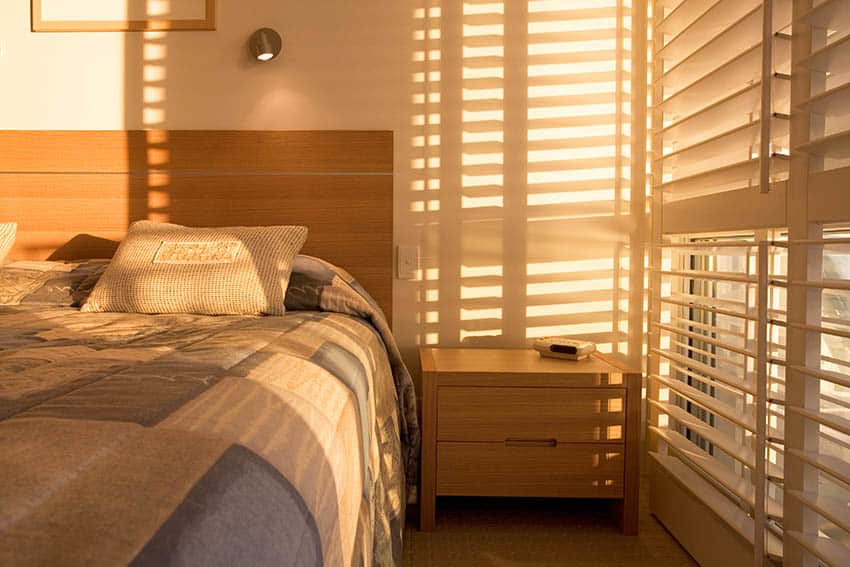
There are three main types of plantation shutters including Tier on Tier, Café style, and Full Height Shutters.
Tier on TierShutters: These include two sets of left and right shutters. They’re hung as two rows so the top slats can be open while the bottom slats are closed. This provides light for the room while allowing privacy.
Café Style Shutters: Like Tier on Tier, these types allow light in but not as two sets of louvers. These shutters are installed on the bottom of a window at half the height. They originated in quaint cafes, allowing customers to have privacy but allowing light through the top of the window.
Full Height Shutters: These designs are the most common and include two sides at the window’s total height. The various types allow homeowners to choose options to fit their vision for interior windows, adding a decorous atmosphere to their homes.
Shutter Materials
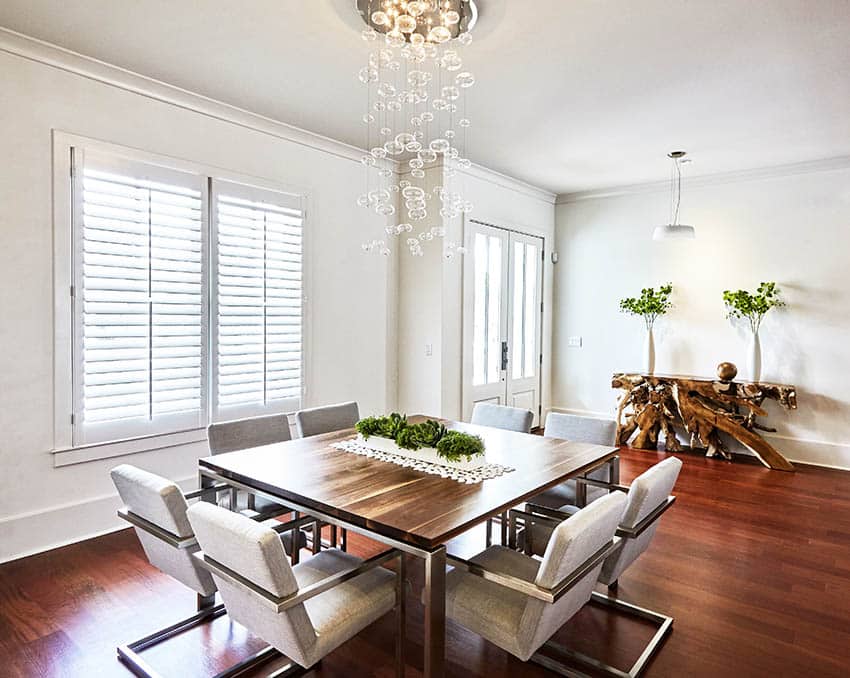
Plantation shutters include materials that include pros and cons, variations, color choices, durability, and different price points. These modern-day choices are far from the original shutters made from wood in the south.
Wood

Wood provides its own beauty, allowing the natural patterns and wood grains to create gorgeous shutters. Different wood types provide numerous color variations and stains, especially semi-transparent stain, which offers more color choices while allowing the wood grain to show through.
Some homeowners paint their wood slats to match inside trim and color schemes, but paint hides the organic wood. Wood coverings are durable and hold up better for large windows with wide slats.
Other materials may warp and sag from the weight. Another advantage of wood is that it can be shaped into custom shapes such as top arches and half-circles. These types are often made from basswood, which has the best strength-to-weight ratio.
Composite
Composite is also known as engineered wood, fake wood, or faux wood. This material is made of sawdust bound together with glue and encased in a vinyl or PVC coating. Composite plantation shutters are sturdy and cost less than real wood, but they do not hold up to the wear actual wood can withstand.
Vinyl
The least expensive material for plantation shutters is vinyl, which comes in many color choices, according to the manufacturer. These vinyl shutters often have PVC or aluminum supports to keep them from warping or sagging, and they’re suitable for areas with high moisture, such as bathrooms and kitchens. Vinyl shutters come configured in several types.
Solid Vinyl: Solid vinyl slats are made from a vinyl frame filled with blown-in PVC. This provides more stability while keeping the cost down.
Solid Vinyl with an Aluminum Insert: To offer a more stable frame, an aluminum bar is inserted to provide better stability.
Vinyl-clad Wood: These vinyl designs are made from hardwood and wrapped in a vinyl casing. This protects the wood from moisture and wear and still provides the strength of real wood.
Hollow Vinyl: These hollow frames made from vinyl are limited by size due to the hollow frame’s weakness. Larger frames will cause sagging and warping. These are the least expensive styles.
Structured Hollow Vinyl: Even though these are still categorized as hollow vinyl shutters, they include a vinyl skeleton inside the frame to prevent sagging.
Pros and Cons of Plantation Window Shutters
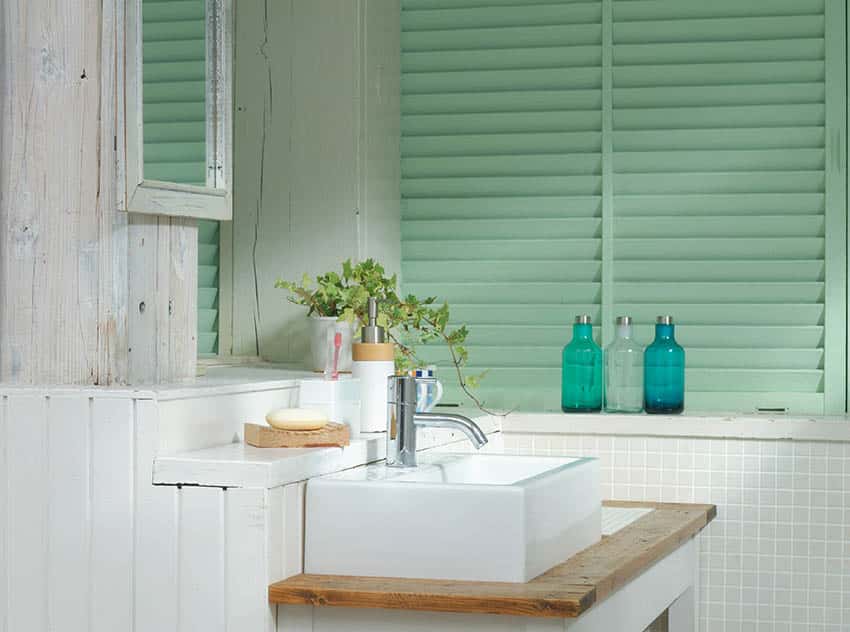
- Increase the home’s value
- Plantation shutters never go out of style
- Durable and can last decades
- Easy to clean
- Numerous options to choose from
- Easy to operate
- Childproof
CONS:
- They cost more than traditional window coverings
- They can’t be rolled up like a shade or tied back like a curtain, so they are always in sight
- Tilt-in casement windows will work with these shutters, but they have to be mounted on the outside of the window frame, which could look awkward.
- Furniture and decor placed in front of a window with plantation shutters would have to be lower than the window sill or placed away from the window to allow for opening the slats.
Shutters Cost
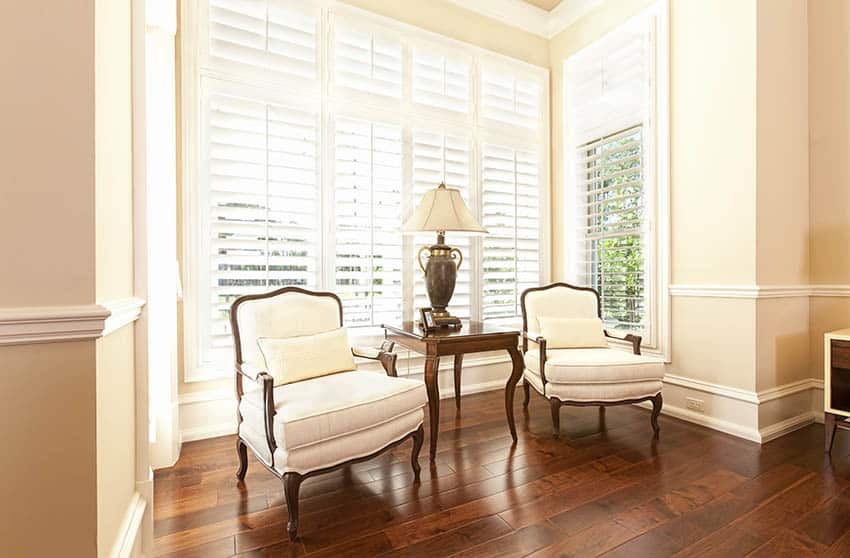
Although plantation shutters cost more than traditional window coverings, they provide many benefits. Plantation shutters average $2,300 to cover a home’s interior windows, and most homes range from $1,450 to $3,360 for these types. The price varies according to the material and sizes, with wood being the most expensive, composite next in cost, and vinyl costing the least.
Shutters Cost Per Window
Prefabricated shutters sell for an average of $50 each at most hardware stores. Working with a custom window coverings store is best if you want a custom size.
Wood shutters average $200 to $350 per window, and composite shutters are $80 to $200 each.
Different types of wood, such as pine, cost less or more than mahogany, with mahogany slat materials costing more.
The prices below are averages without including custom designs or special orders.
National Averages for Individual Plantation Window Shutter Prices
| Size/Type | Wood | Vinyl | Composite |
| 16” x 20” | $177 | $73 | $39 |
| 24” x 50” | $300 | $200 | $145 |
| 36” x 54” | $497 | $305 | $235 |
| 36” x 60” | $552 | $336 | $261 |
| 42” x 48” | $516 | $315 | $243 |
| 48” x 44” | $540 | $327 | $255 |
Other associated costs include installation, and potential repairs to the track or louvers.
How to Measure For Plantation Window Shutters
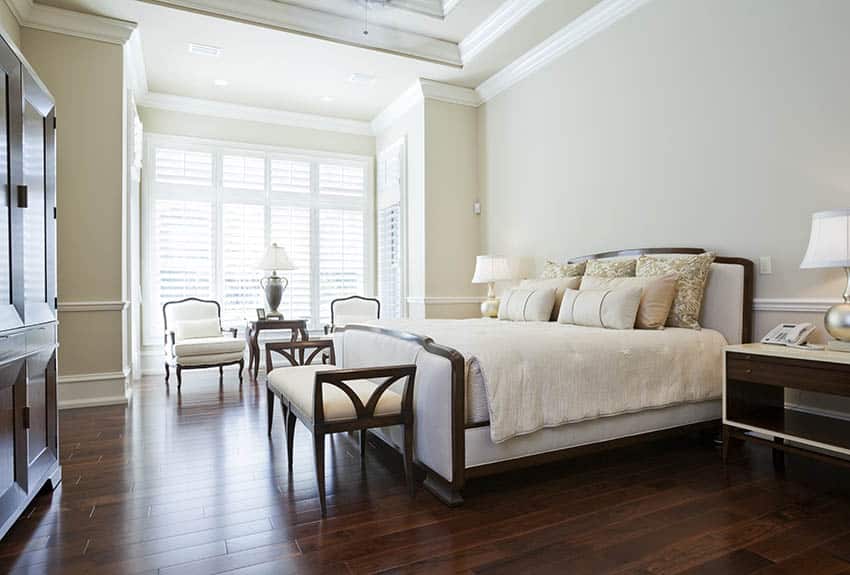
Plantation shutters are either mounted inside the window frame or on the outside. An inside mount allows for hanging curtains or other layered panels. The outside mount extends past the window frame and sits a bit off the wall.
Each manufacturer or showroom has its own form to complete when ordering. Always talk to the sales associate to find out the required measurements and information they need.
The first step to measuring for your plantation shutter window treatments is to be sure the window is square:
- Check to see if the window is square by matching the width and height in three places
- Measure the glass width from the inside jamb in three places
- Measure the glass height from the inside jamb in three places
Inside Mount Shutters
For inside-mounted plantation shutters, use the narrowest width of all three numbers and the shortest height of all three measurements. These numbers are the shutter size. With an inside mount, it’s essential to measure the window’s depth before choosing the size of the slat. Most slat louvers are 2.5″ to 4.5″ in depth.
Outside Mount Shutters
Use the method above to be sure the window is straight. Then, measure the width from the outside right edge of the window frame where they will be mounted to the equal spacing on the left side.
Do the same for the height by measuring the top position where the shutter will be mounted to the bottom with equal spacing.
* Also, measure the surface of the window to where the slat will protrude to be sure you order the correct sized slat.
*Note: With an outside-mounted shutter, you can place them on top of the window trim, remove the trim, and use them as a replacement, or mount them on top of the drywall.
How to Clean Shutters
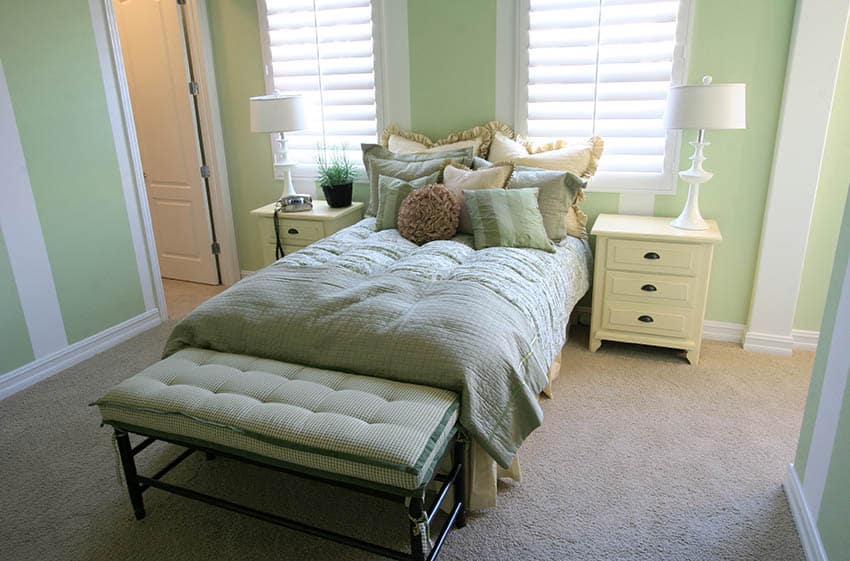
Vinyl plantation shutters should be dusted first using a microfiber rag and a small brush to remove dirt from crevices. Once clear of dirt and dust, you can wipe down the frame and louvers with regular household cleaners.
Wet or damp rags or liquid cleaners and sprays should not be used on wood and composite shutters. Instead, dust with a rag and remove dirt with a small brush. Then, take a microfiber rag, lightly spray it with wood furniture polish, and wipe the frame and louvers to bring out a freshly polished shine.
Do you have any questions about the features or types of plantation shutters above? Comment below to share your feedback.


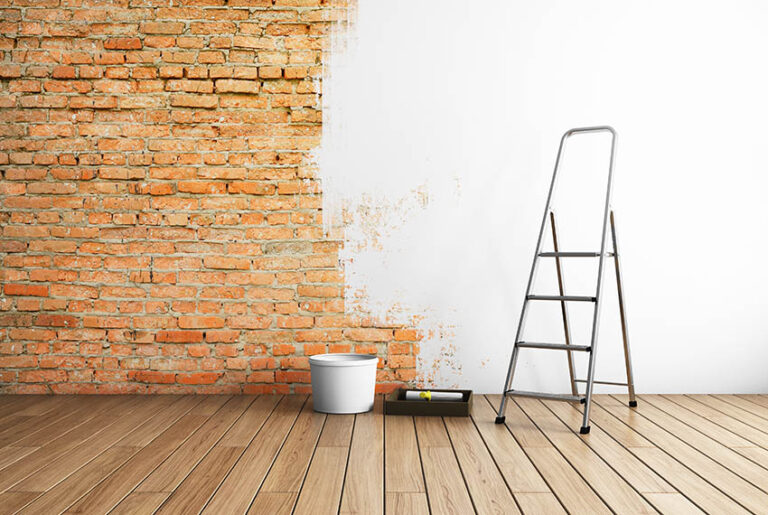
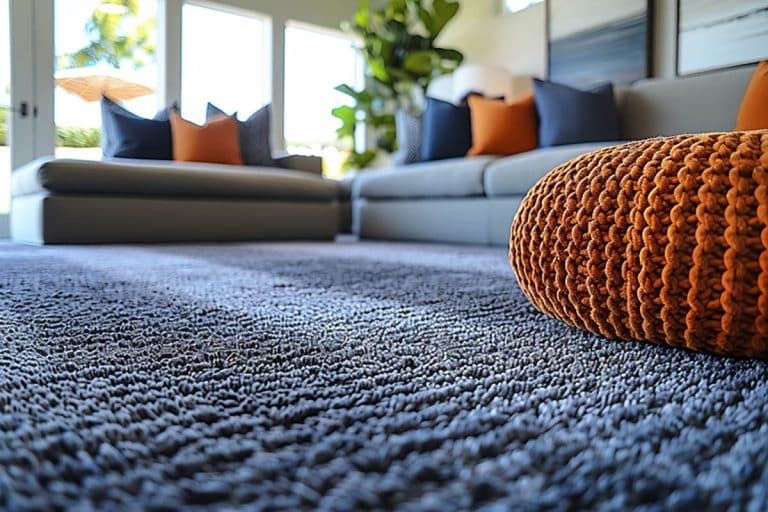
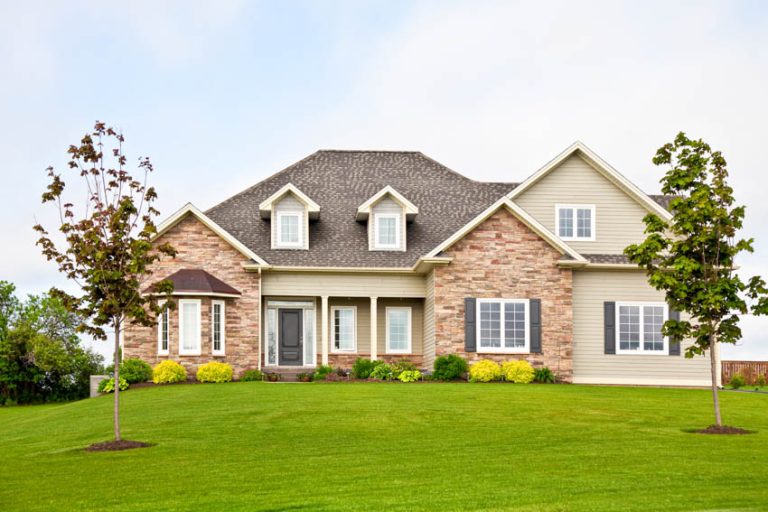

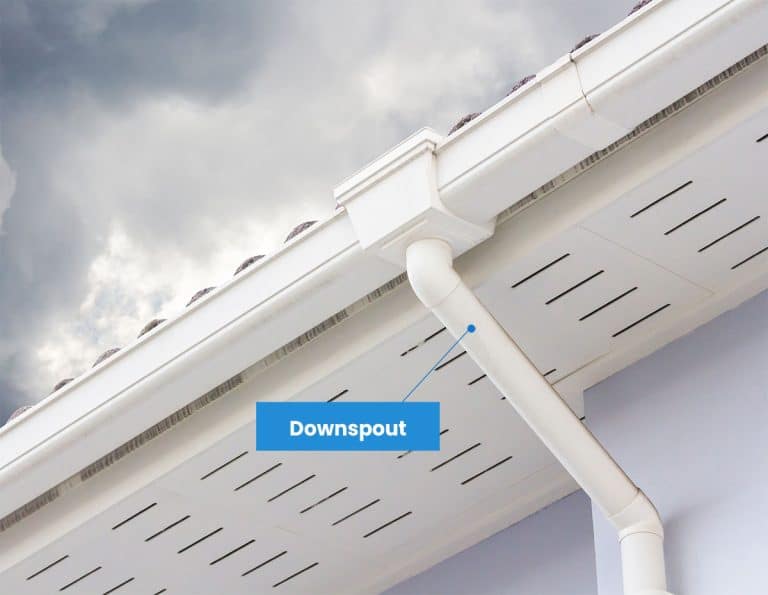
Could you recommend a good plantation shutters company that would be in the area of Winter Springs, Florida or somewhere in the Orlando area?
I don’t have direct experience with them, but I see that Sanford Verticals has over 400 reviews. I would get several quotes from window covering professionals in your area to ensure they match your budget and expectations.